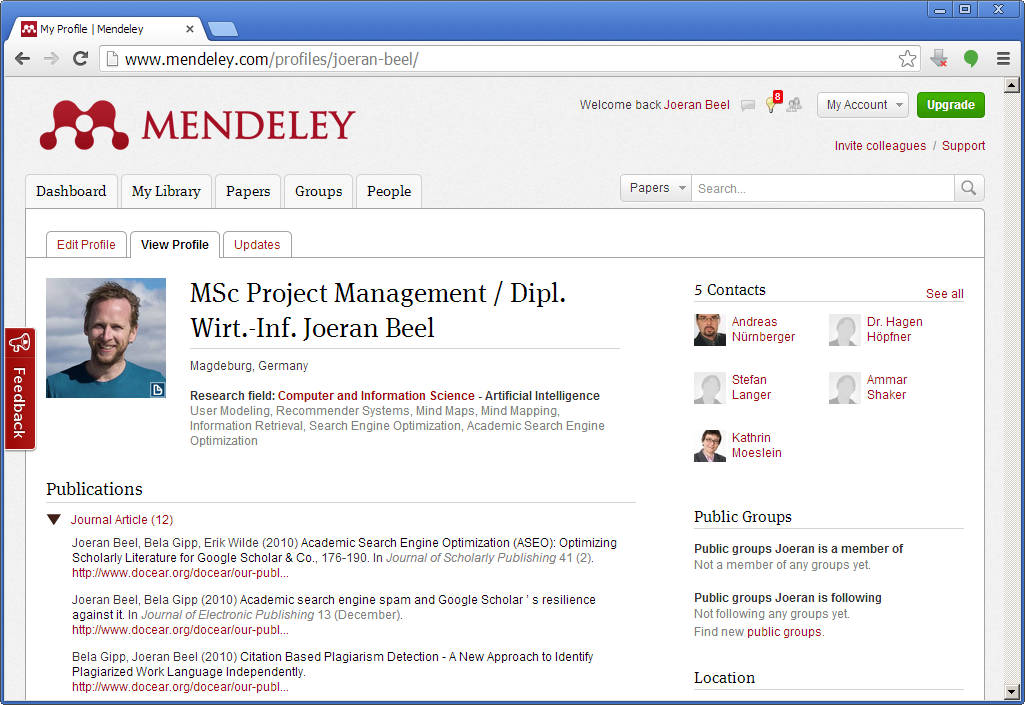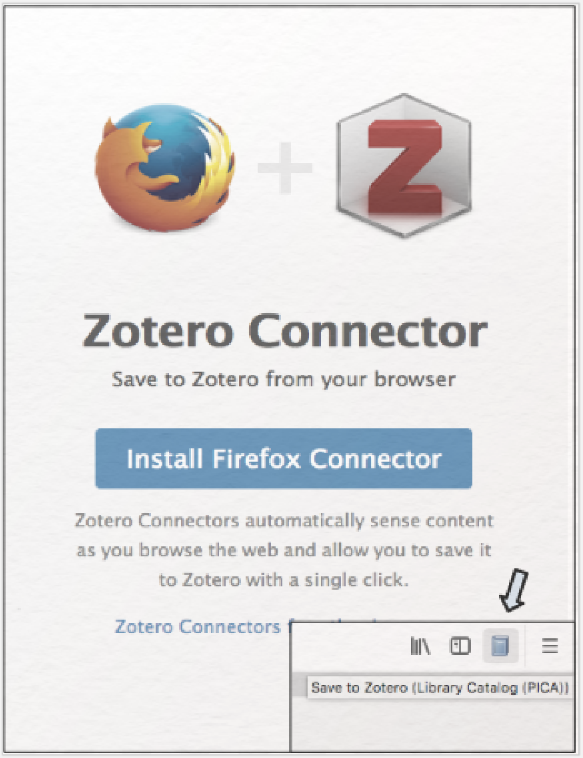

- #Connecting docear with zotero pdf
- #Connecting docear with zotero full
- #Connecting docear with zotero software
Then ideally I could get the app to display all snippets of highlighted text in my whole document library associated with a specific tag (or combination of tags).
#Connecting docear with zotero pdf
And this is what is missing from all the reference software: being able to easily tag not the PDF itself, but the highlighted parts in them.

This is basically good old fashioned tagging. If these papers were printed out, rather than making paper clippings and pasting them in one place, I would simply highlight the relevant portion of the text in neon yellow and I would also add a note in the margin saying something like “def.” That would be for quick reference, so that when I flip through the pages I could get an idea at a glance of why I highlighted something. I would for instance have a card for ‘innovation (def.)’ in which I would only collect various definitions of innovation from the sources I read. My current practice is that I make the highlights in Sente for any potential future use and at the same time I copy the text (quote) to Scrivener with the citation info and keep these snippets organized there.

I would for instance like to see them in one place organized according to some logic. They are searchable or can be made searchable (see Jeff Pooley’s guide on Macademic here), but that is often not very helpful. How am I supposed to find interesting bits related to one concept, idea or topic? My highlights and notes are there somewhere in those documents but there is no easy way of tracking them down and working with them.

#Connecting docear with zotero full
I am thankful for that, but that I still consider more an administrative function rather than something that lubricates the thinking (and writing) process.īy then end of my PhD, I had over 800 documents in my Sente library incuding journal articles and full books, many with highlights and notes. Okay, now they store store highlights and notes with each PDF. After all, scholars don’t just want to administer these documents, but they work with them before they use them as cited sources. One other important step was when these applications started to offer highlighting and note-taking features. As far as I remember, their original idea was to store PDFs in one place and only later did they put more emphasis on citation features.) (Actually, Papers came the other way around. Recognizing the benefits of storing and managing bibliographical data together with the electronic documents, many applications went on to become ‘library managers’. Well, over the years of the evolution of the ‘reference manager’ genre, many applications have started to expand their functionalty. Is that simply their well-defined little niche? Or could they become more useful than that? In that function they now fit very nicely (almost seamlessly) into the academic writing workflow. Originally they were only intended to help scholars keep bibliographical data in one place (electronically) so that when they needed to add citations to their documents they be at hand rather than having to go through piles of print-outs to track down the sources. After all, they are ‘reference managers’ and in that sense they are already over-performing. I am probably unjust and have high expectations.
#Connecting docear with zotero software
I must admit I don’t seem to be perfectly happy with what reference manager software have to offer.


 0 kommentar(er)
0 kommentar(er)
